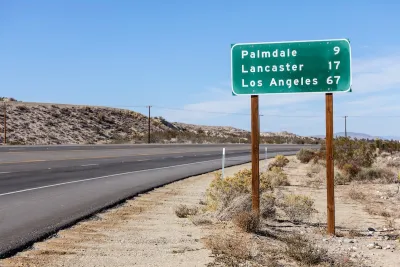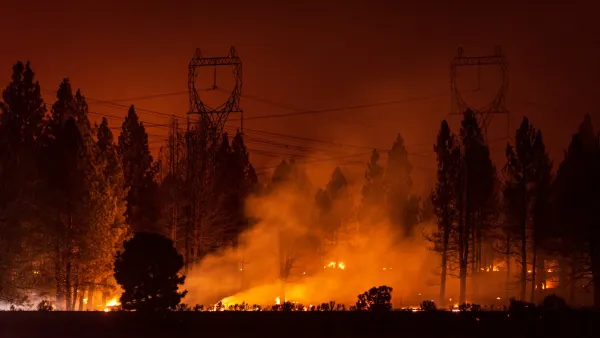Many rapidly growing inland California cities are facing increased extreme heat days due to climate change, putting more residents at risk of health issues and overwhelming local infrastructure.

California's inland cities, particularly in regions like the Antelope Valley, Apple Valley, and the Central Valley, are facing an alarming convergence of rising temperatures and rapid population growth. Driven by the need for affordable housing, many people are moving away from coastal areas into hotter inland communities. Unfortunately, these regions are projected to experience more extreme heat days as a result of climate change, leading to significant public health risks. As reported by Alejandra Reyes-Velarde and Arfa Momin, local governments are largely unprepared, leaving vulnerable populations, especially low-income and Latino communities, at heightened risk.
By 2050, many of these inland cities will experience over 25 high heat days per year, where temperatures soar above historical highs. In cities like Visalia and Fresno, temperatures could regularly exceed 100 degrees for over a month. While coastal cities like San Francisco and Santa Barbara remain relatively temperate, inland areas will endure extreme weather that exacerbates health conditions such as heat stroke, asthma, and heart disease. Studies show that the increasing number of extreme heat days will disproportionately affect already overburdened communities of color, contributing to more hospitalizations and emergency visits.
Local governments are struggling to address the risks associated with intensifying heat. Despite a 2015 state law requiring municipalities to incorporate climate change mitigation into their general and safety plans, many have failed to comply. While solutions such as cooling roofs, urban greening, and cooling centers are available, most cities lack the infrastructure and/or political will to implement them. These failures pose life-threatening risks, especially as inland populations grow rapidly due to people seeking affordable living conditions despite the extreme heat.
In cities like Victorville, Apple Valley, and Hesperia, residents and workers are already feeling the effects of increasingly hot summers. Workers who moved inland for cheaper rent, endure grueling conditions, with temperatures regularly exceeding 100 degrees. Local leaders have witnessed their once-temperate desert towns transform into areas where heat waves above 110 degrees are now commonplace. Without immediate intervention, the escalating heat combined with population growth could turn the California dream into a deadly reality for many.
FULL STORY: More extreme heat + more people = danger in these California cities. ‘Will it get as hot as Death Valley?’

National Parks Layoffs Will Cause Communities to Lose Billions
Thousands of essential park workers were laid off this week, just before the busy spring break season.

Retro-silient?: America’s First “Eco-burb,” The Woodlands Turns 50
A master-planned community north of Houston offers lessons on green infrastructure and resilient design, but falls short of its founder’s lofty affordability and walkability goals.

Delivering for America Plan Will Downgrade Mail Service in at Least 49.5 Percent of Zip Codes
Republican and Democrat lawmakers criticize the plan for its disproportionate negative impact on rural communities.

Test News Post 1
This is a summary

Test News Headline 46
Test for the image on the front page.

Balancing Bombs and Butterflies: How the National Guard Protects a Rare Species
The National Guard at Fort Indiantown Gap uses GIS technology and land management strategies to balance military training with conservation efforts, ensuring the survival of the rare eastern regal fritillary butterfly.
Urban Design for Planners 1: Software Tools
This six-course series explores essential urban design concepts using open source software and equips planners with the tools they need to participate fully in the urban design process.
Planning for Universal Design
Learn the tools for implementing Universal Design in planning regulations.
EMC Planning Group, Inc.
Planetizen
Planetizen
Mpact (formerly Rail~Volution)
Great Falls Development Authority, Inc.
HUDs Office of Policy Development and Research
NYU Wagner Graduate School of Public Service





























